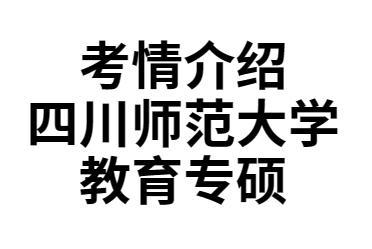
1.used to do“过去常常做某事”,表示过去的习惯动作或存在的状态,而这种情况现在已经不再存在。to为不定式符号。
肯定句:主语+used to +动词原形+其他。
He used to get up early.他过去常常早起。
2.否定句有两种类型。
①直接在used后面加上not,也可一起缩写成usedn't.
结构为:主语 + used not to do sth... 或 主语 + usedn't to do sth...
②借助于助动词didn't,其结构为:主语 + didn't use to do sth....
He used not to get up early.
= He usedn't to get up early.
= He didn't use to get up early.
3.used to的一般疑问句有两种构成方法:回答也有两种。
1)将used提前至句首,结构为:Used + 主语 + to do sth...?
2)将did提前至句首,结构为:Did + 主语 + use to do sth...?
例如:Used he to get up early?他过去起的早吗?
Yes,he used. No,he usedn’t.
Did he use to get up early? 他过去起的早吗?
Yes,he did. No,he didn’t.
4、be(get,become)used to结构在意义上相当于accustomed to“习惯于”,从形态上看,used是个分词型形容词,to是介词,因此后面只能跟名词、代词或动名词。例如:
1)They got used to living in the countryside.他们已习惯于住在农村。
2)I've got used to being a vegetarian.我已经习惯吃素食。
3)He is used to hard work.他习惯于艰苦工作。
5、be used to表示“习惯于某事”的状态,而get used to则表示由“不习惯”到“习惯于”这一动态的过程,意思是:“(变得)习惯于”;“开始习惯于”。试比较:
He was used to the cold weather after he lived there for two years.
在那里住两年后,他已习惯了寒冷的天气。
I think it is a bit difficult for you to get used to the humid weather here.
我想,让你习惯于这里潮湿而炎热的天气有点困难。
You'll soon get used to living in the country.
很快你就会习惯于住在乡下了。
6、当主语是物的时候是指被用来做某事,be used to是动词use的被动语态,在这种结构里,to是不定式符号。
例如:
A metal bar was used to force the door open.
用金属棒把门撬开。
use sth. To do sth 意思是“用……去做……”
Smokers shouldn’t use smoking to help them relax.吸烟者不应该用吸烟来放松自己。













